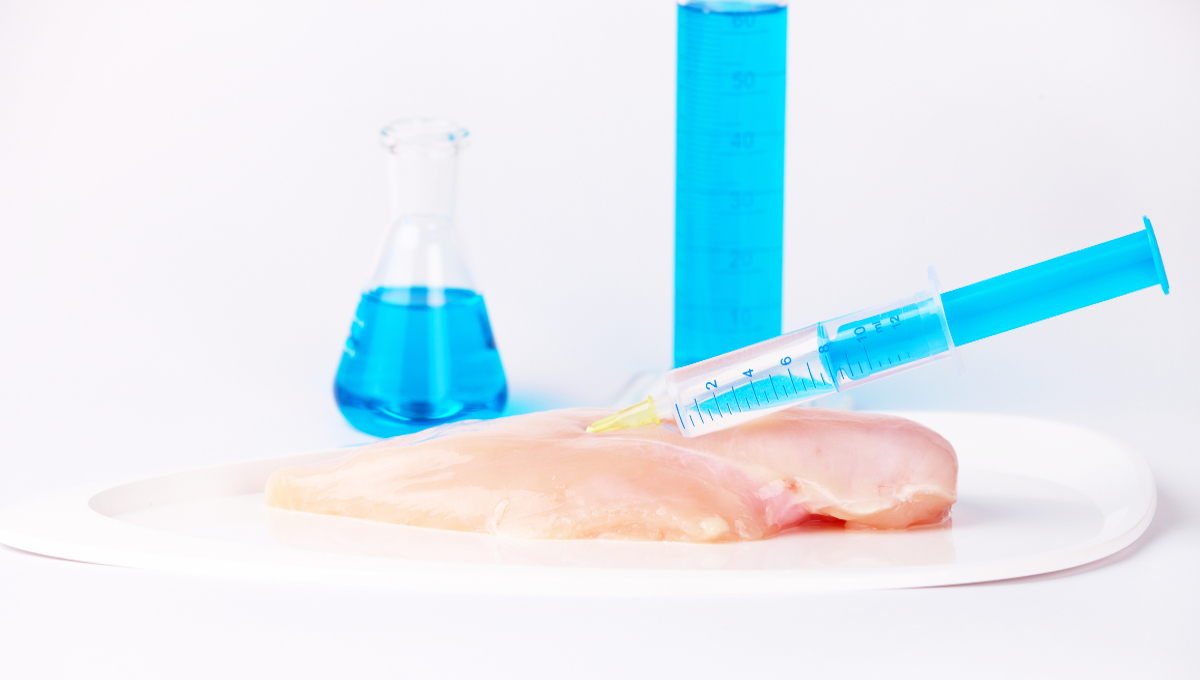“A taste of the future.”
That’s how cardiologist Uma Valeti, MD, CEO and founder of UPSIDE Foods (https://upsidefoods.com) describes the upshot of USDA’s approval this week to sell lab-grown chicken. The approval, the first in the nation, will allow Valeti’s company, as well as Eat Just and its manufacturing partner, Joins Biologics, to begin producing and selling lab-grown chicken.
While the chicken is expected to appear on select restaurant menus in the near future, it will likely be years before these companies will be ready to supply regional grocery chains, primarily because of price competition with meats from conventionally raised livestock.
However, the companies are working toward building commercial-scale facilities to increase the amount of cultivated meat they can make. This, in turn, will help them reach more customers and establish more competitive prices.
When asked to describe the taste of UPSIDE’s chicken, the company’s website says “Our chicken looks, cooks, and tastes like chicken because it is real chicken.”
Enter the USDA
USDA’s action came months after the US Food and Drug Administration deemed that the companies’ lab-grown chicken products are safe to eat. From there, the companies had to get USDA approval. The approval involves a rigorous process, which includes assessing a firm’s food-safety system. The agency conducts inspections at a facility at least once per shift to verify the production of safe and properly labeled products.
Earlier this month, USDA approved USIDE foods’ and Good Meat’s labels to include the term “cell-cultivated chicken” for packaging.
I’m thrilled to share that cultivated meat will now be available for consumers in the United States,” said Valeti. “This approval will fundamentally change how meat makes it to our table.”
“Everything has changed,” said UPSIDE Foods COO Amy Chen just after USDA’s approval. “Everything about the way meat makes it to the table is about to be different. I’m really, really excited for what this represents for the future of food.”
Eat Just CEO Josh Tetrick said that USDA’s approval, which he describes as a major milestone for the industry, said the approval legitimizes cultivated meat as an industry and as a technology now that it has been approved for production and sale in the United States.
Before USDA’s approval, Eat Just was the only company in the world that could sell cultivated meat thanks to an OK from Singapore in 2020.
How is it done?
Also referred to as cultivated meat, lab meat is grown in steel tanks using cells that come from a living animal. In other words, no animals need to be killed.
In producing lab-grown meat, the cells are grown in bioreactors similar to those that make beer. That’s where they’re immersed in a carefully regulated nutrient solution that spurs them to grow until they come actual pieces of meat. As such, it is real meat, not “fake meat,” as some detractors refer to it.
Important to keep in mind: cell-based meats should not be confused with plant-based meats, which are made with vegetables.
As for antibiotics, they say there’s no need for them since lab-grown meat is produced in sterile labs. Another plus is that there’s no need to use growth-promoting hormones.
“Clean, safe and humane,” is how lab-grown meat advocates describe the advantage of this technology over conventional ways of raising livestock, which can harbor foodborne pathogens such as E. coli and salmonella that are harmful to human health.
More about chickens
• Chicken broiler meat is the most consumed meat in the U.S., with an average person eating 96.4 pounds per capita, according to Sentient Media.
• In 2020, 9.8 billion broiler chicks were hatched in the U.S.
• The number of chickens in the U.S. is growing, and chicken production has even overtaken pig farming to become the top source of reared meat worldwide.
• There are currently 25.9 billion chickens living in the world, according to the latest data from the U.N. Food and Agriculture Organization (FAO). Most of these chickens are in China and the U.S., and more than half of them are in Asia. Chickens clearly outnumber humans on the planet by a massive number.
(To sign up for a free subscription to Food Safety News,click here)

